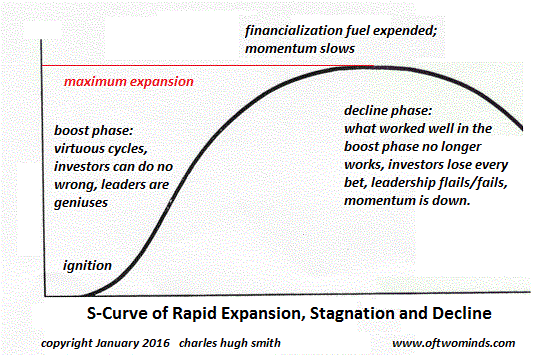For most experts a key factor that policy makers should be watching is the gap between the actual real output and the potential real output. The potential output is the maximum output that the economy could attain if all the resources are used efficiently.
The gap is labelled as the output gap. In June this year the output gap – expressed in percentage terms – stood at 3.8% against 3.25% in March and 2.75% in June last year.
|
|
A strong positive output gap can be of concern because according to experts it can set in motion inflationary pressures. To prevent the possible escalation of inflation, experts tend to recommend tighter monetary and fiscal policies.
Their preferential outcome would be to soften the aggregate demand, which is considered as the key driving factor behind the positive output gap.
However, of greater concern to most experts is a negative output gap, which is associated with a severe recession.
The output gap was in the negative area between November 2008 and June 2013. Note that in June 2009 it had plunged to minus 3.34% (see chart).
|
|
Most commentators are of the view that with the emergence of a negative output gap the most effective policy to erase this gap is aggressive fiscal stimulus i.e. the lowering of taxes and increasing government outlays – a policy of large government deficit.
This way of thinking follows the ideas of John Maynard Keynes.
Briefly, Keynes held that one could not have complete trust in a market economy, which is inherently unstable. If left free the market economy could lead to self-destruction.
Hence, there is the need for governments and central banks to manage the economy.
Successful management in the Keynesian framework can be achieved by influencing the overall spending in an economy.
…click on the above link to read the rest of the article…


















